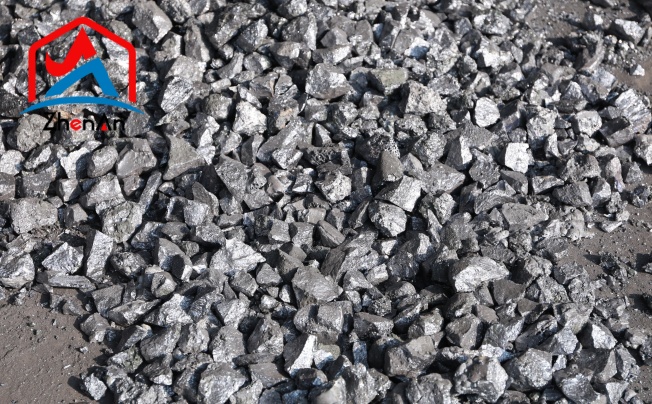What Is Magnesium Metal?
Magnesium is an atomic number twelve element represented by the symbol Mg. It is a low-density, low melting point, and highly reactive metal that has a glossy grey colour. It only exists naturally in combinations with other elements, just as other alkaline earth metals, and its oxidation state is nearly always +2. It easily produces a thin magnesium oxide passivation layer when exposed to air, which stops the metal from corroding any further. The primary method for obtaining the free metal, which glows brightly white, is the electrolysis of magnesium salts extracted from brine.
Magnesium metal was initially synthesised in an imperfect form by Anton Rupprecht in 1792. Humphry Davy separated a pure, albeit small, amount of the metal in 1808 by electrolyzing magnesium oxide. When used as an alloying agent, it increases the mechanical, fabrication, and welding properties of aluminium and is one-third less dense than aluminium. These alloys are helpful when building cars and aeroplanes.
Magnesium has a density of 1.74 g/cm3, making it the lightest structural metal. It has a dense, solid texture and is solid at normal temperatures. When pure magnesium is cut or polished, it usually has a bright, silvery-white appearance. It reflects light similarly to other metals and has a shiny sheen. To increase its hardness, tensile strength, and suitability for casting, welding, and machining, magnesium is primarily utilised in alloy form, especially when combined with ten per cent or less of aluminium, zinc, and manganese. Magnesium alloys find use in many different applications, such as parts for automobiles, industrial, spacecraft, aeroplanes, portable tools, and home appliances.
What Is Steel?
Steel is an iron and carbon alloy that is stronger and more fracture-resistant than other types of iron. The most significant engineering and construction material in the world, it is utilised in many areas of our lives, such as cars, refrigerators, washing machines, cargo ships, autos, medical scalpels, and more.
The kind of raw materials used in each steel production route is the primary distinction. While the EAF method makes steel primarily utilising electricity and recycled steel, the BF-BOF route uses iron ore, coal, and recycled steel. The BF-BOF pathway, in which iron ores are reduced to iron—also known as hot metal or pig iron—and then transformed into steel in the BOF, is used to generate around 70% of all steel. Other sources of metallic iron, such as hot metal or direct-reduced iron (DRI), can also be used with the EAF process.
Steel is a precisely balanced alloy of iron, carbon, and other metals; the majority of steels contain over 95% iron, trace amounts of silicon, phosphorus, and sulphur, and small amounts of carbon and manganese. Its outstanding mechanical qualities, corrosion resistance, and affordability make it suitable for a wide range of applications. It can be hard or soft, rigid or flexible, rust-prone or stainless steel.
Steel's carbon content, which affects its ductility and hardness, normally lies between 0.2% and 2.1% by weight. Because of its superior mechanical qualities, resistance to corrosion, and affordability, steel is widely used in a variety of industries, including industrial, infrastructure, automotive, and construction.
Comparison Of Magnesium Metal And Steel
Power and Sturdiness
Steel has a tensile strength that is at least ten times higher than that of magnesium, making it substantially stronger. It is also more resilient to deterioration and wear and tear. Steel is therefore frequently the preferred material for heavy-duty applications like machinery or huge construction projects. Though it is lighter than steel (by roughly two thirds), magnesium has its own special qualities that make it perfect for use in lightweight products like consumer electronics or sporting goods.
Price
Because steel is more abundant in nature and is used extensively in industry, it is generally less expensive than magnesium. That being said, if significant orders are placed, magnesium can be priced competitively with steel, depending on the size and quantity of the order. Therefore, steel is not always the more affordable alternative.
Impact on the Environment
Since magnesium doesn't require heat to be produced, its production process often produces fewer emissions overall than that of steel, whose high temperatures can result in considerable emissions of carbon dioxide into the environment. Because of this, magnesium is a desirable alternative for businesses trying to lessen their environmental impact.
You must carefully weigh your needs before selecting between magnesium and steel for your upcoming project or product design. Steel can be your best option if you require anything that is robust and long-lasting enough for heavy-duty use, like machinery or structural support. Alternatively, magnesium might be the best option for you if you're searching for something that's small enough to carry around yet robust enough for regular use. In any case, before making a choice, one should carefully weigh the unique benefits that each metal offers.






